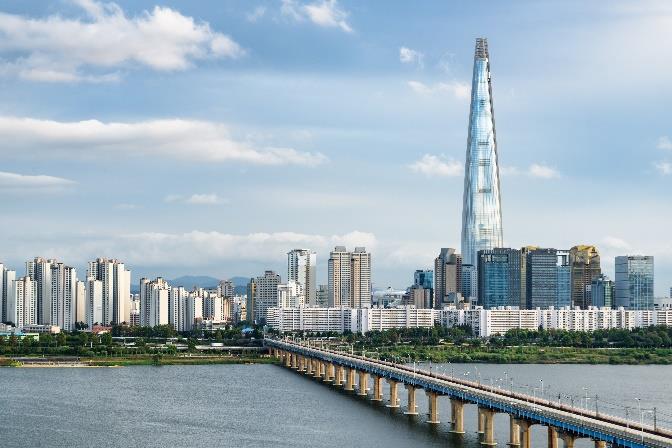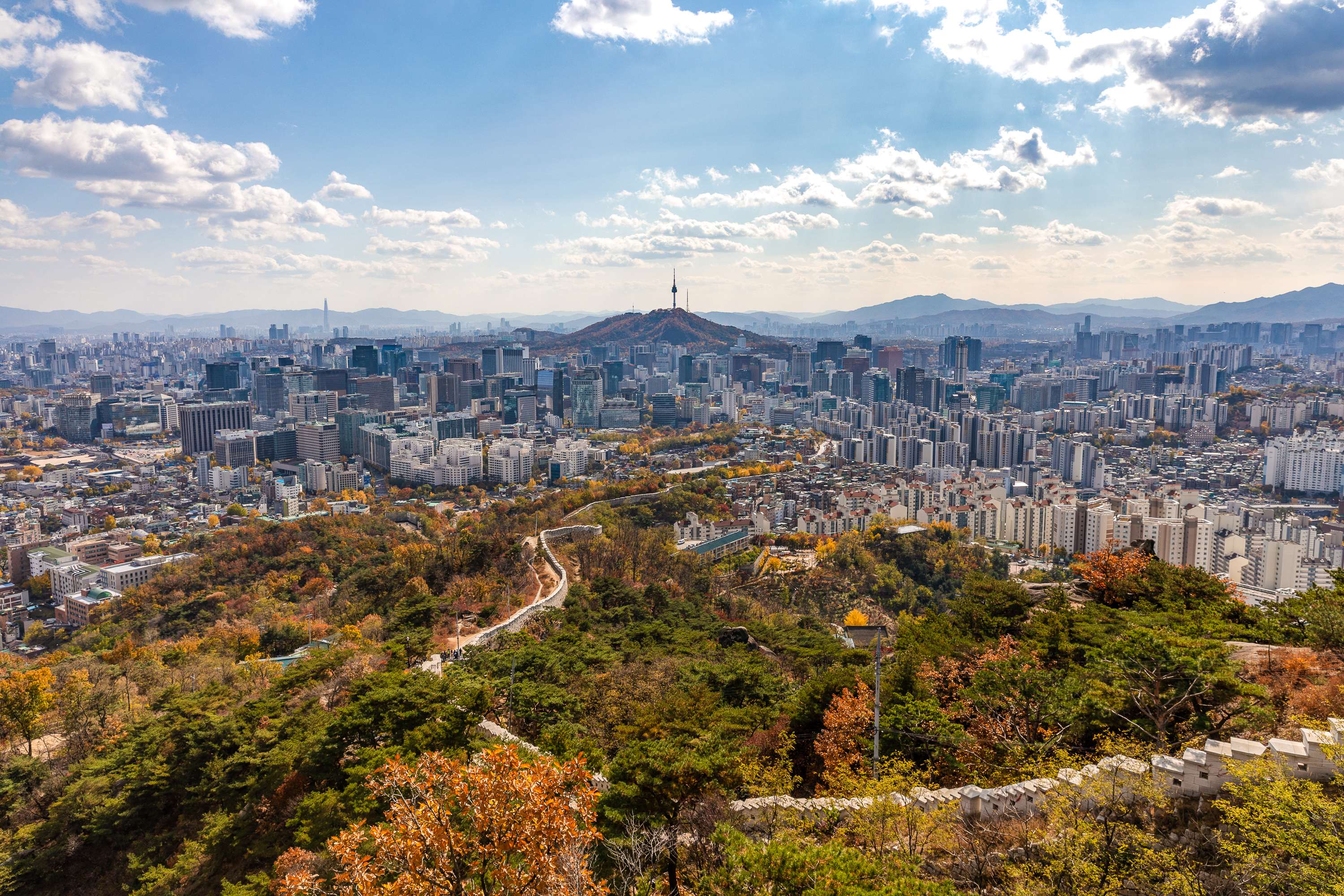

In the Era of the New Normal, in order to proactively respond to the rapidly changing MICE industry environment, the city of Seoul has established a long-term development plan for fostering the MICE industry to enhance Seoul’s global competitiveness. As part of the 20 major tasks of ‘Seoul Vision 2030’, with the theme of ‘Foster Innovative Growth’, the city has chosen ‘MICE’ as a component of future convergence. In particular, to expand MICE infrastructure and create a foundation for future growth through green digital transformation, Seoul is promoting the establishment of the Seoul Convention and Exhibition Center (COEX) consortium. And also, to promote overall development in Seoul, MICE clusters are being formed with key hubs: in the southeastern region COEX+Jamsil; downtown Gwanghwamun+Namsan; and in the southwestern region Magok+Seoul Botanic Park.
There are many varied settings for your meetings.
To organize your event in Korean-style venues:
-
Unique Architecture – Creative architectural design (Some Sevit)
Some Sevit is a culture complex made up of three man-made floating islands. By pursuing innovative ideas, you can immerse yourself in the beauty of modern Seoul while exploring various innovative facilities in these venues for your next related themed gatherings, corporate or cultural events.
-
A museum or gallery – Connect with Korean heritage and history
As the repository for over 5,000 years of Korean art, culture and history, Seoul’s unique museums and galleries are dedicated to preserving, researching, exhibiting and globally promoting the significance and essential cultural heritage of Korea ranging from the Gojoseon period of the ancient Korean kingdom to the Joseon dynasty, the last and most recent dynasty of Korea.
The Seoul Convention Bureau can help you find an extraordinary venue:
About 60,000 rooms are available in more than 450 hotels all around Seoul, and among them over 7,000 rooms are available in more than 30 hotels near COEX, which is located in the center of Seoul.
There are two international airports: the larger and busier one is Incheon International Airport, Gimpo International Airport is smaller and closer to Seoul.
Incheon has been widely acclaimed as being among the best airports in the world, and has received many awards.
It continues to reinvent itself with new facilities and more efficient service. 153 cities across the world, served by 85 airlines, are connected to Seoul: 81 in Asia; 28 in Europe, 31 in the Americas, 7 in the Middle East and Africa, and 6 in Oceania. And to reach Seoul from Incheon International Airport takes 60-80 minutes by automobile or 100-110 minutes by train, and from Gimpo International Airport it would take you 60 minutes by automobile or 50 minutes by train.
- Downtown Seoul is surrounded by green natural areas with parks and mountains on the north, east, south and west. Seoul has introduced a new type of tourism product, combining the Western-style hike and Korean hiking culture.
Pay a visit to Seoul City Hiking Tourism Center and adventure with a city K-hiking tour at your own pace. - You may check out the Seoul Hiking Center at https://www.seoulhiking.or.kr
- Visit the five Grand Palaces of Seoul, namely Gyeongbokgung Palace, Gyeonghuigung Palace, Changgyeonggung Palace, Changdeokgung Palace and Deoksugung Palace.
If you dress like a Korean with rented hanbok (traditional Korean clothing) this will grant you free entry to all five palace locations and add immensely to your memorable photos in Seoul.
For more information, see Welcome to Seoul – Welcome to Seoul, Visit Seoul | The Official Travel Guide to Seoul
See also Discover Seoul Pass

Issue #5 – October 2023